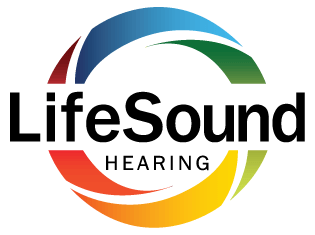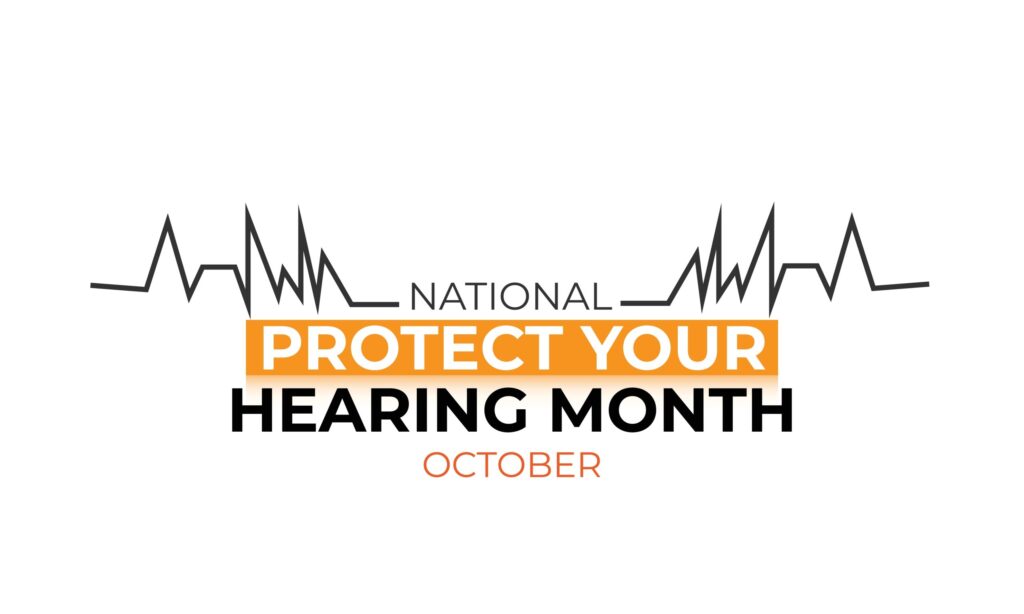
Noise is a ubiquitous part in our daily lives. Our surroundings—from traffic and yard work to music via earbuds—is increasingly loud. The expanding volume of sound poses a serious threat to your auditory health unless you take measures. October is National Protect Your Hearing Month, making it the perfect time to emphasize how to maintain this vital sense.
8 tips to protect your hearing
Fortunately, there are simple steps you can take to guard your hearing from the everyday noise around you. We present eight vital pieces of advice to ensure auditory protection.
1. Become familiar with volume levels and their affect
Being aware of how loud is too loud is the initial step in preventing hearing damage. The volume of various sounds is measured in decibels (dB), and being subjected to them for extended durations can cause irreversible hearing impairment. Consult this brief table:
- Sounds like heavy traffic or lawn mowers (85–90 dB) can be tolerated safely for a maximum of 2 hours.
- At 100 dB (e.g., motorcycles, construction machinery), hearing damage can begin after only 15 minutes.
- Instant damage is possible after merely a few seconds of exposure to noises over 110 dB, like explosions, gunshots, or fireworks.
By being vigilant about how loud your surroundings are, you can effectively stay away from places that are harmful to your auditory health.
2. Measure sound levels yourself
Curious about how loud your environment really is? You can easily determine it using your smartphone. You can download various complimentary sound meter applications to monitor the noise in your vicinity. To get accurate results, measure from the distance you usually are from the sound source.
If you use this technique consistently, you’ll better understand your environment and be equipped to make sound choices to guard your hearing.
3. Keep the volume down on your devices
Listening to music or podcasts at high volumes is one of the most common ways people damage their hearing over time. The ease of headphones and earbuds often comes with hidden risks. Many headphones, for instance, are capable of reaching volumes over 100 dB, which means hearing loss can occur in as little as 15 minutes.
Today, over a billion young people are at risk of hearing loss from using earbuds at high volumes. To protect your ears, never turn your earbuds above 50% of their maximum volume. If you find yourself turning the volume up beyond this limit, it likely means some degree of hearing loss has already occurred.
4. Avoid using music to drown out background noise
If you reside in a noisy neighborhood or frequently work in loud environments, it might be enticing to use headphones to block out the background sound. It is actually harmful to increase the volume too high just to override external noise. A better alternative is to use noise-canceling headphones, as they let you listen to music or podcasts at a far lower and safer volume. Should noise-canceling headphones not be an option, simple earplugs are a viable alternative.
5. When in noisy environments, use earplugs
Earplugs are absolutely necessary for individuals regularly in loud settings, such as concerts, sports events, or while using heavy machinery. They are small, affordable, and easy to carry, making them a straightforward but effective tool for hearing protection.
Individuals who require earplugs often can obtain custom-fitted ones, which give superior protection and comfort compared to standard types. You should always use them in all environments that are loud.
6. While at work, follow safety recommendations
When your work necessitates being near loud machinery or equipment, you must diligently follow all safety procedures for hearing protection. Be wary because some jobs may ignore the risks; individuals claiming “it’s not that loud” could be suffering from substantial hearing loss and thus misjudging the true noise level. Take necessary steps to protect yourself by observing all guidelines and wearing the designated protective equipment.
7. Distance yourself from loud noise
Sometimes the best way to protect your ears is simply to move away from the noise source. Distance reduces the intensity of sound impacting your ears, thereby minimize damage. To illustrate, moving 20 feet back from a 110 dB sound source can lower the level to about 100 dB, which is safe for 15 minutes of exposure.
Consider fireworks as a perfect illustration. While a firework explosion registers at 150 dB, if you are close to where it launches, the sound can still surpass 120 dB, which can cause instant harm. By sitting 2,000 feet away (about five football fields), you can enjoy the show at a safer level below 100 dB.
8. Existing hearing loss needs to be addressed promptly
It’s key to seek help as soon as possible if you have some degree of hearing loss to prevent further deterioration. Auditory impairment is not self-reversing; it will progress. Specifically, almost 10% of adults aged 55 to 64 suffer from major hearing loss, with the rates climbing steeply among older demographics.
When initial signs of hearing loss are ignored, it only causes the impairment to progress faster. It is common for people to wait an average of 7 years longer than they should before seeking a consultation. Your ability to conserve the hearing you still have is greatly enhanced the earlier you see a hearing specialist to review options like hearing aids.
Start protecting your hearing now
The observance of National Protect Your Hearing Month serves as an great time to place a high value on your auditory well-being. Whether you’ve already experienced some hearing loss or want to avoid future damage, these simple steps can make a big difference.
Don’t delay—book a hearing test now and gain control over your hearing health before the opportunity is gone.

